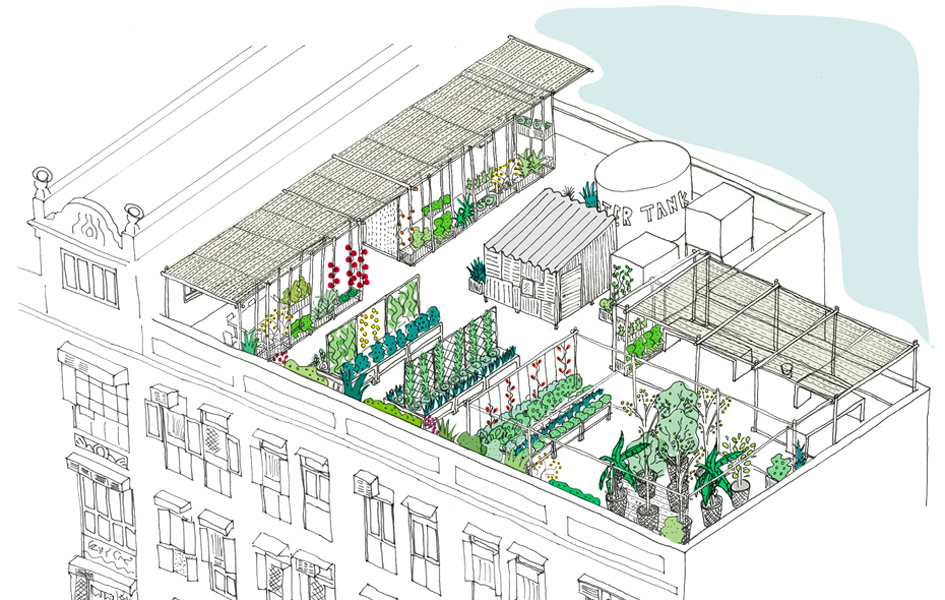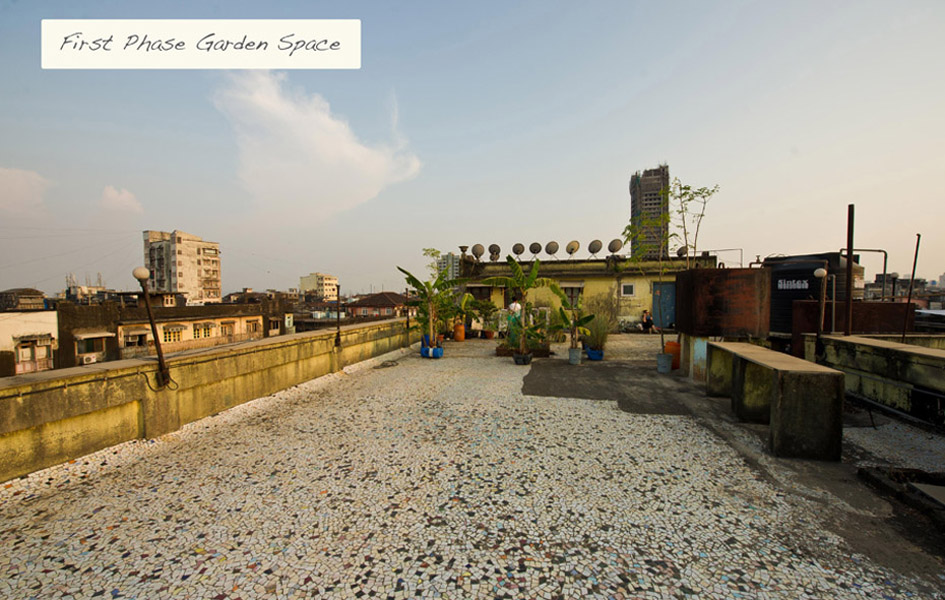
News to me: besides having a Congestion Charge zone, London also has a Low Emission Zone
The Low Emission Zone (LEZ) was introduced in 2008 to encourage the most polluting heavy diesel vehicles driving in the Capital to become cleaner. The LEZ covers most of Greater London. To drive within it without paying a daily charge these vehicles must meet certain emissions standards that limit the amount of particulate matter (a type of pollution) coming from their exhausts.
The low emission zone started operating on 4 February 2008 with phased introduction of an increasingly stricter regime until 3 January 2012, and as shown below, covers pretty much all of metropolitan London (the congestion charge zone is shaded orange).

The LEZ is monitored using Automatic Number Plate Reading Cameras to record number plates checking vehicles against the records of the Driver and Vehicle Licensing Agency to enable Transport for London to pursue owners of vehicles for which the charge has not been paid.
It would come as little surprise to my reader that I am a proponent of the London Low Emission Zone; much like the congestion zone, the low emission zone prices (ever so bluntly) an externality: particulate matter which is being dumped into the air by commercial vehicles. A charge both prices in this externality and will drive innovation to reduce vehicle emissions.
I also love the graphic sensibility of the advertising and communication on their website and in collateral, examples shown below.











